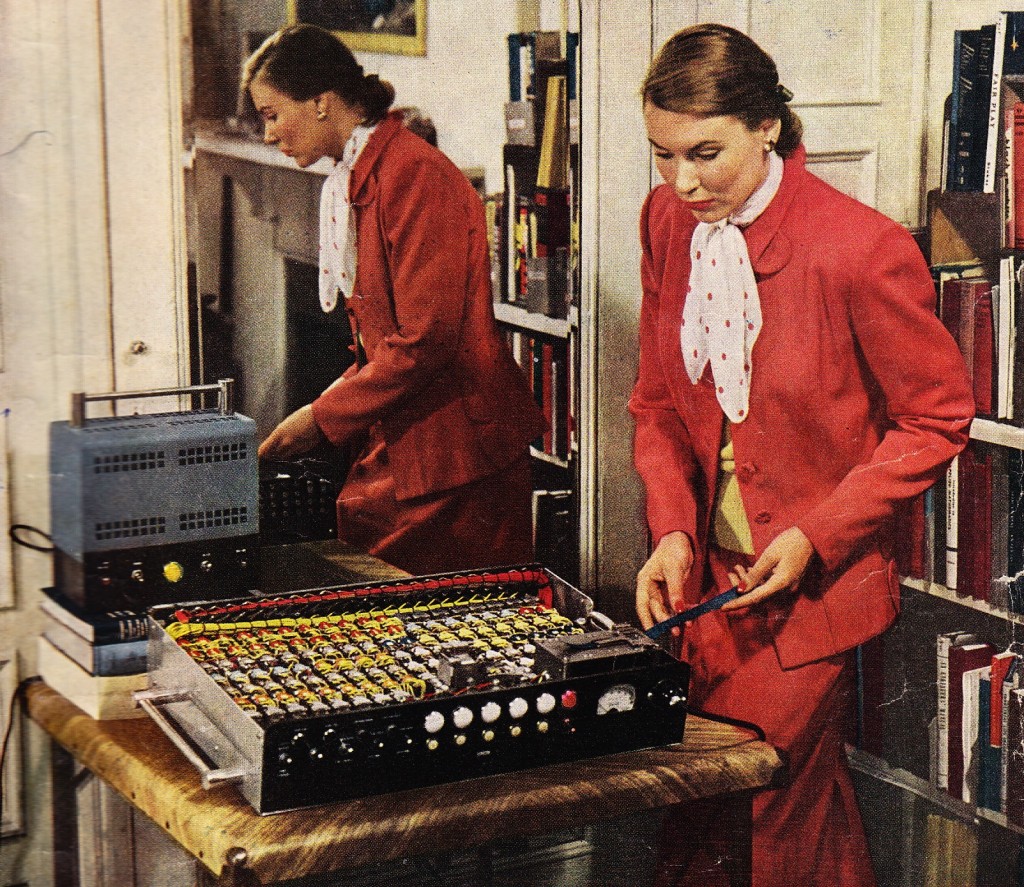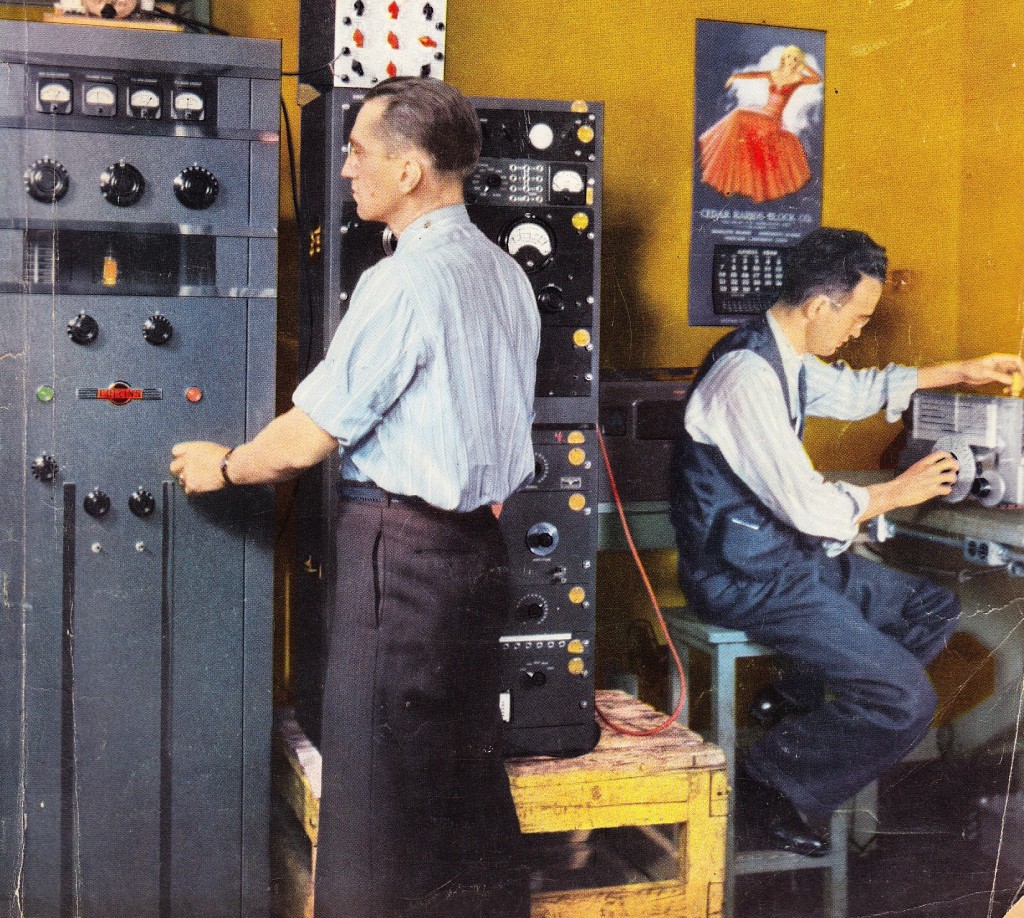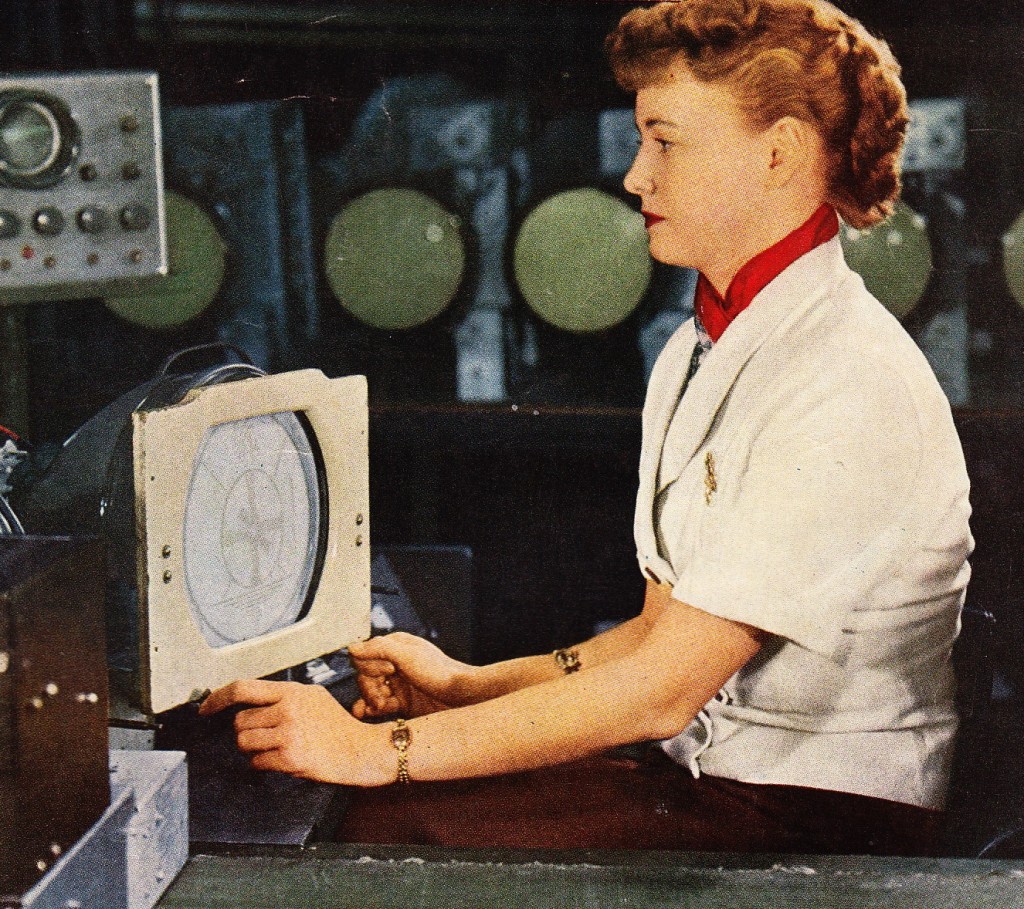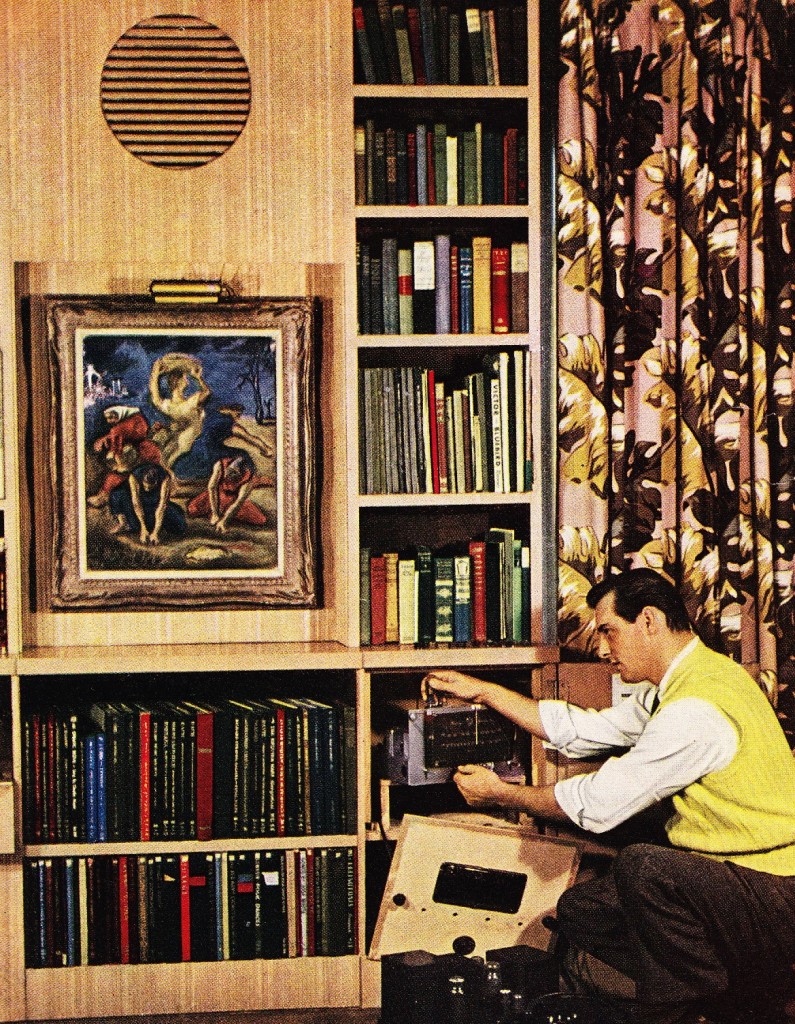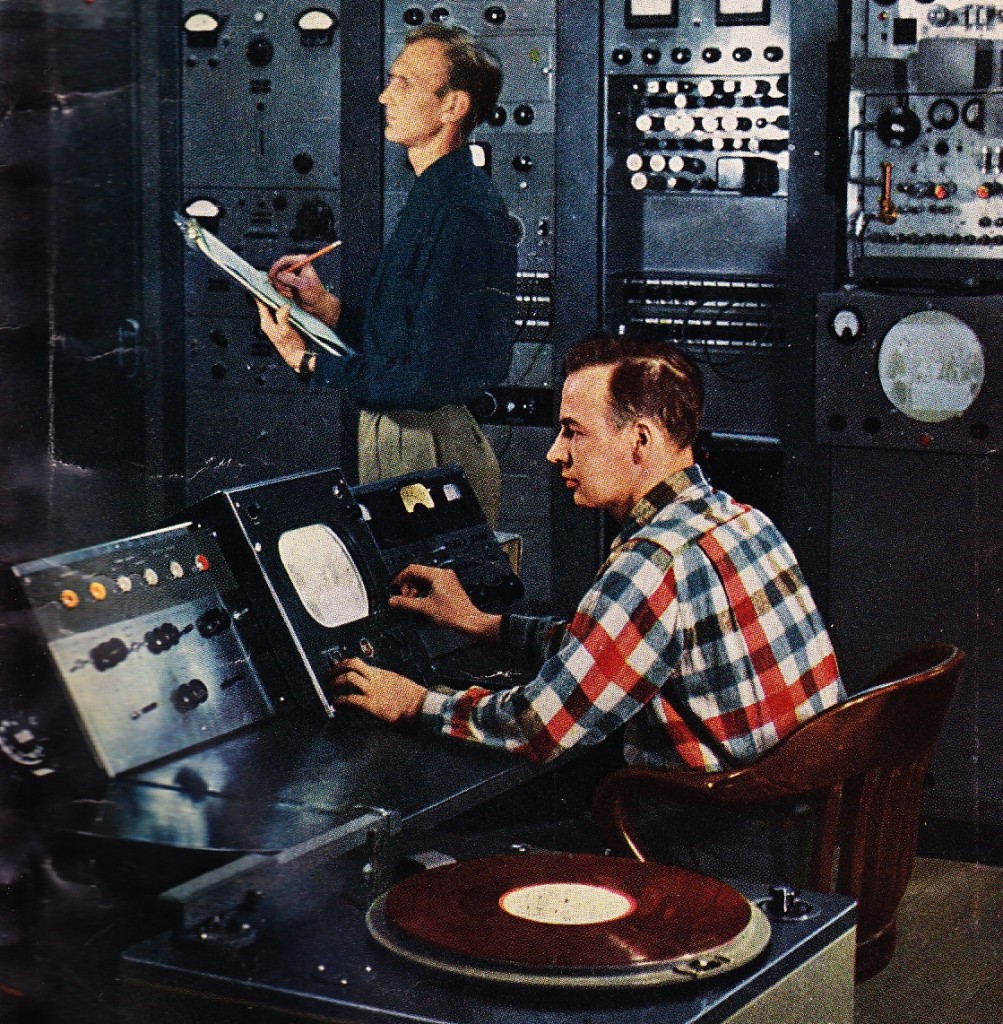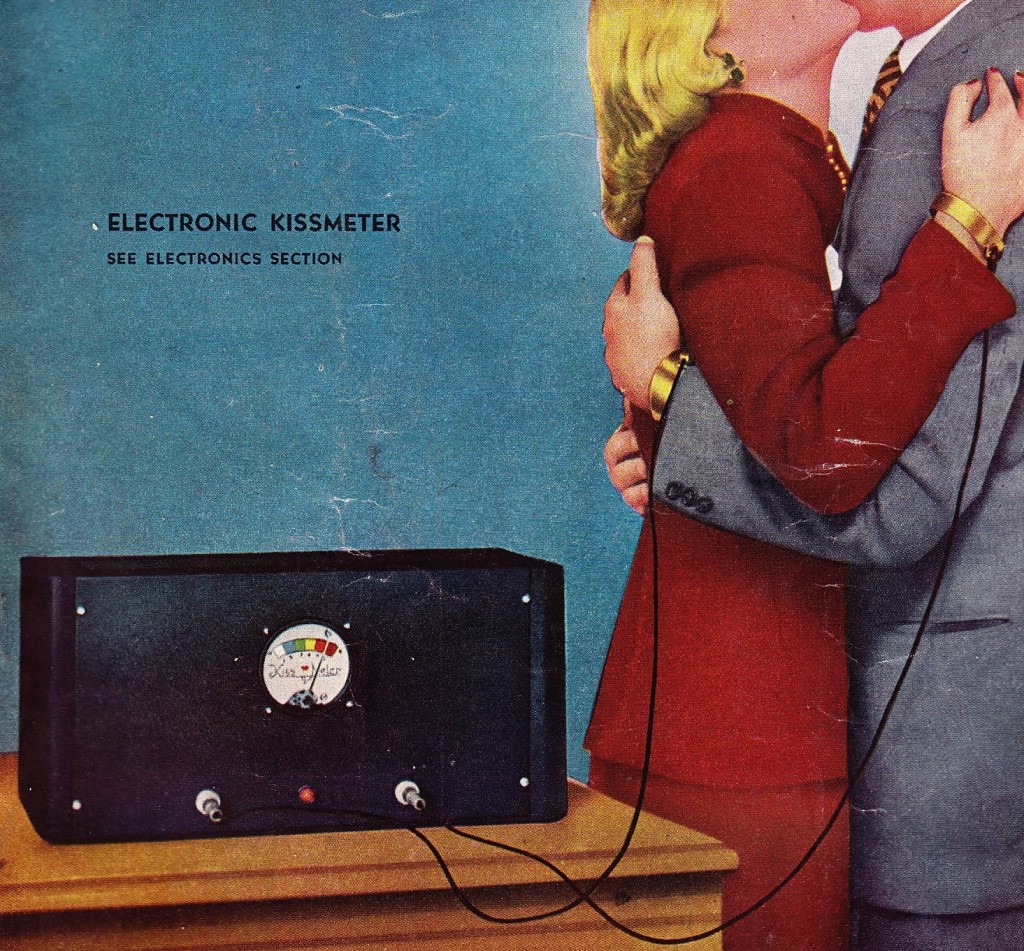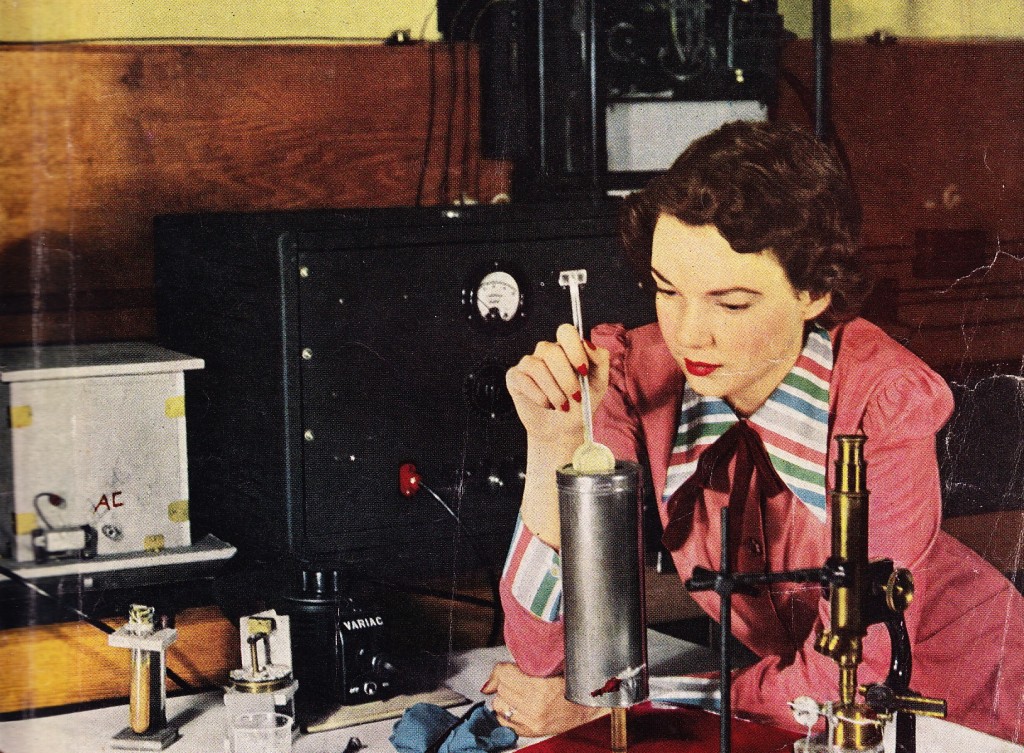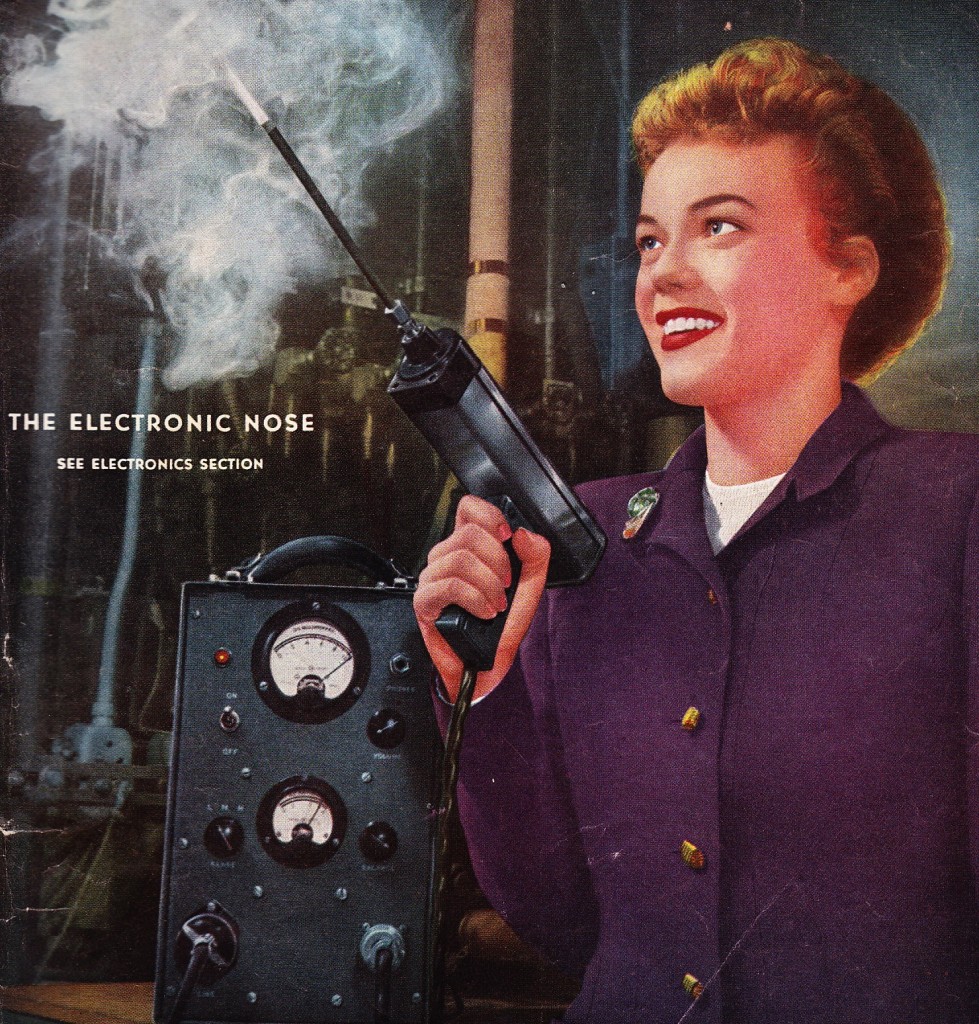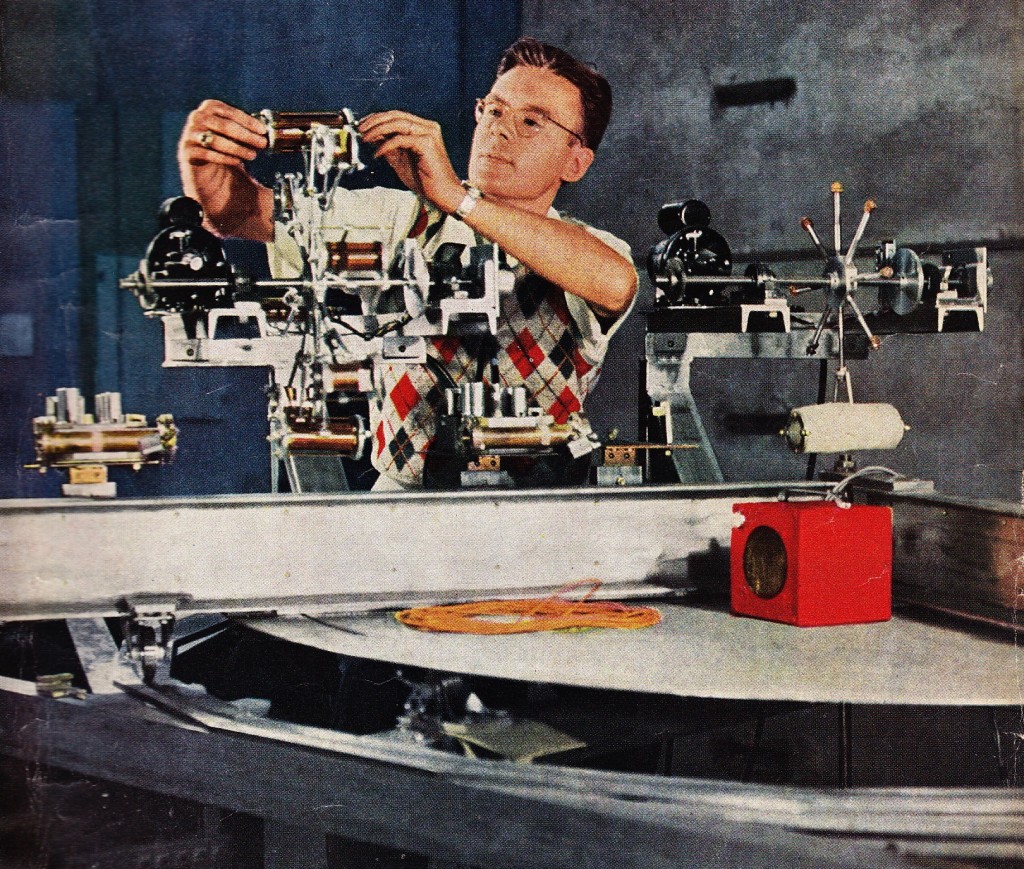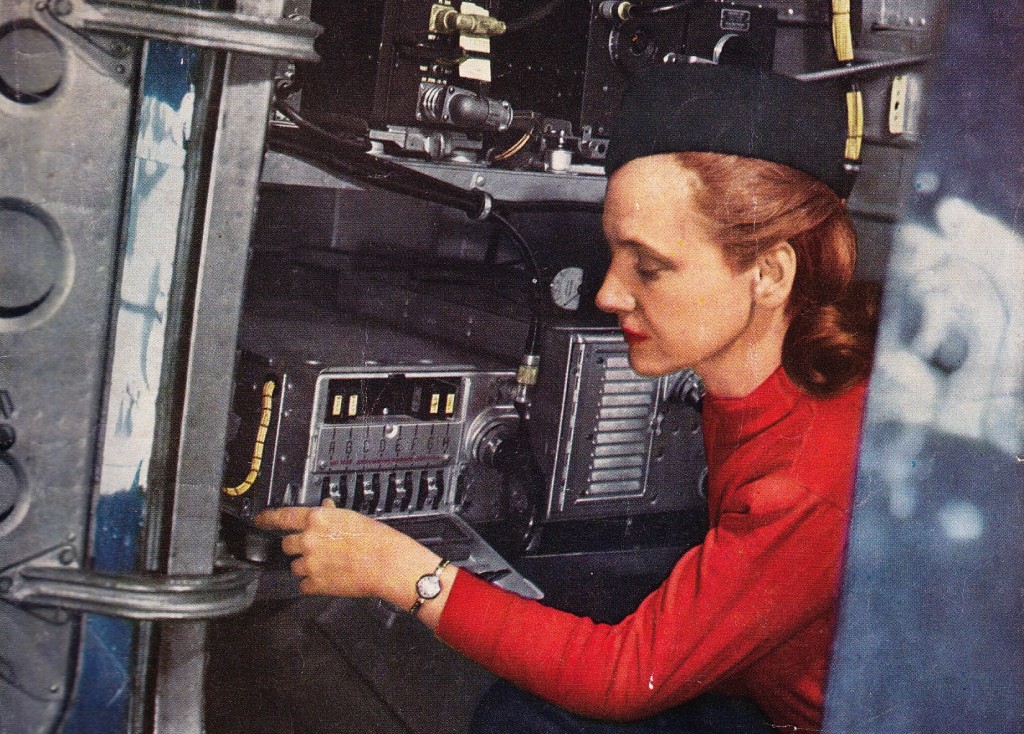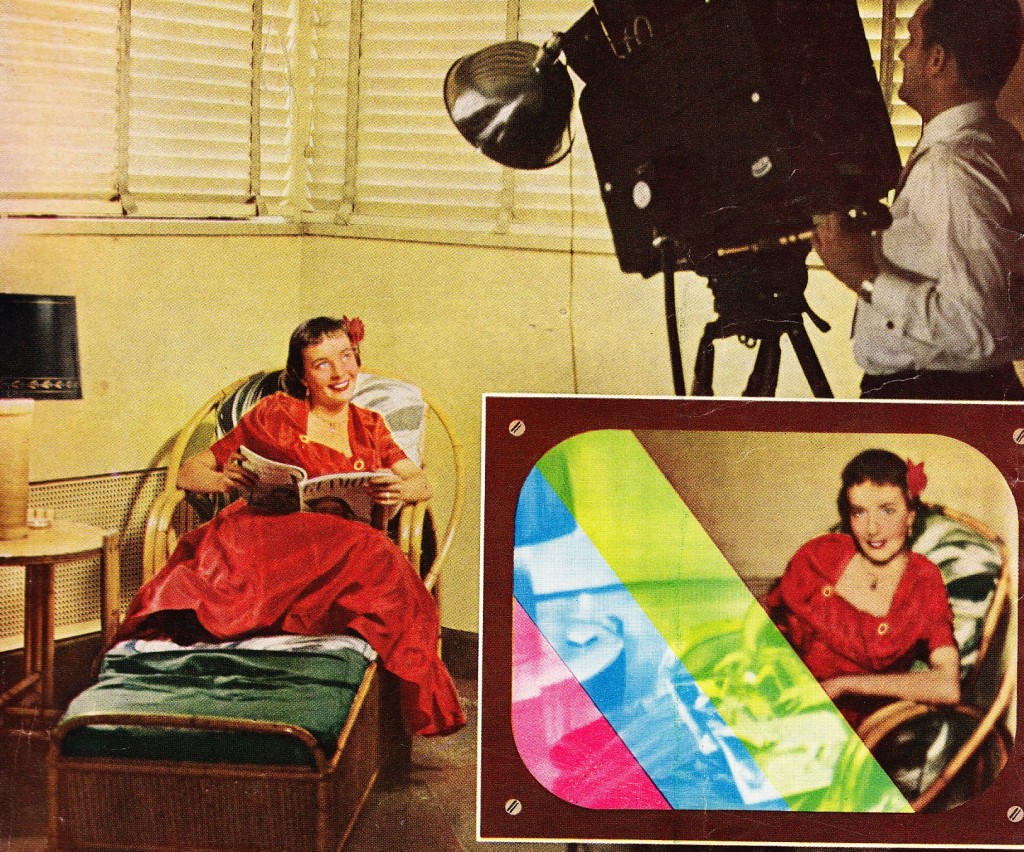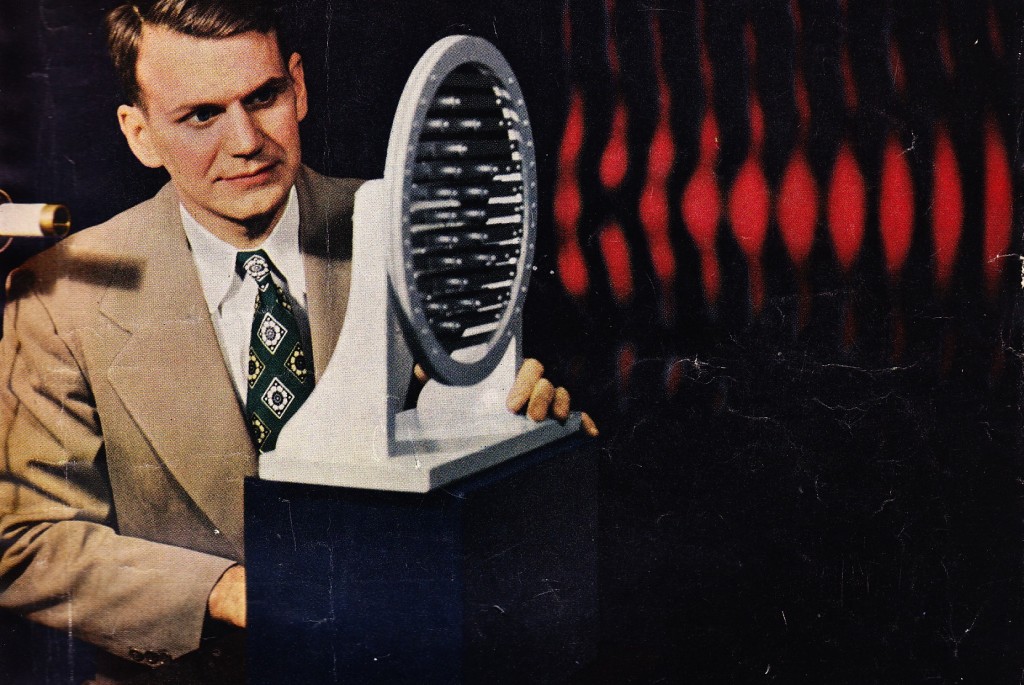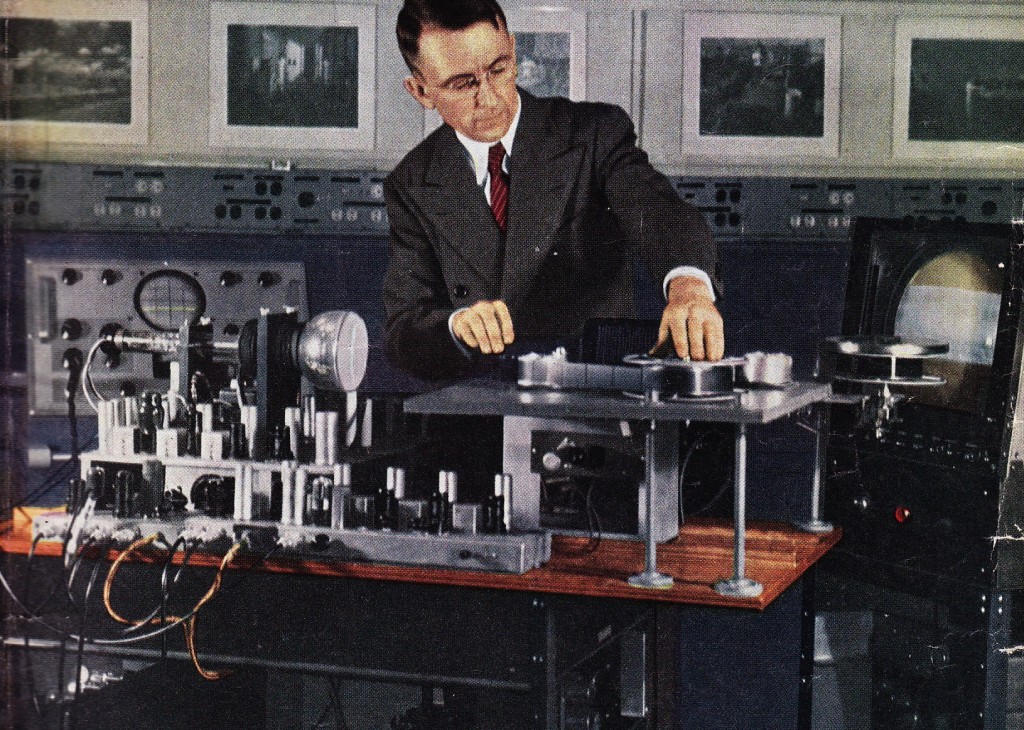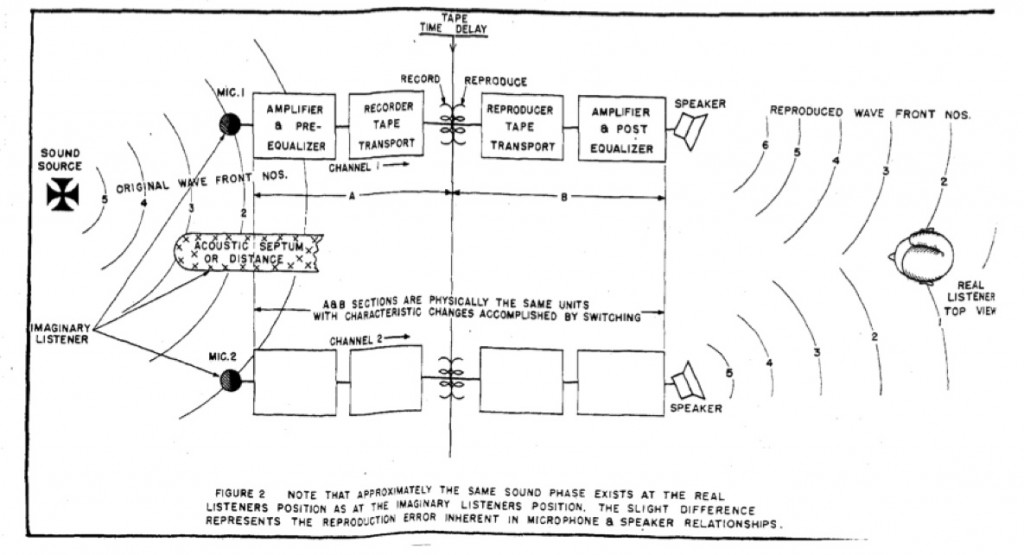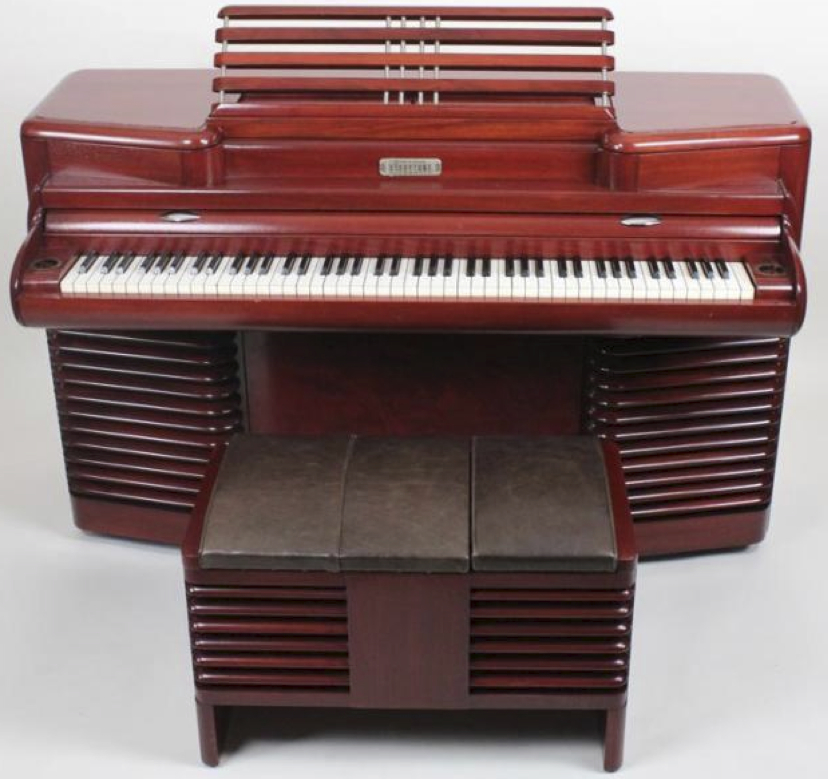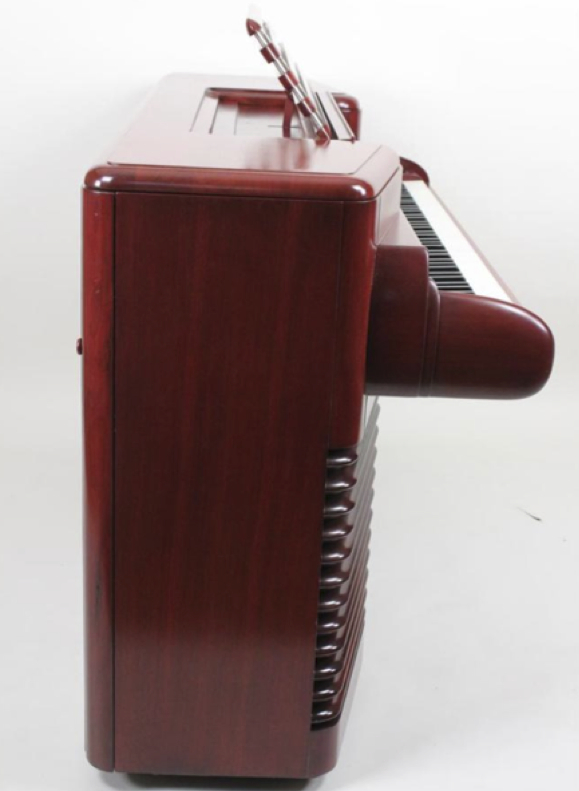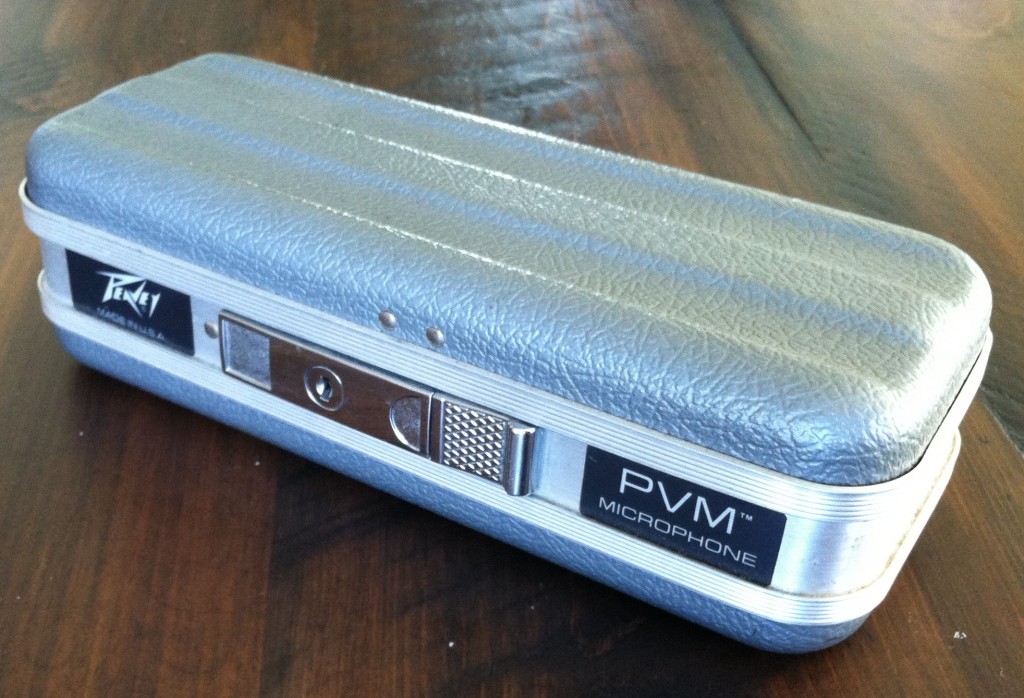 DONT TOUCH
DONT TOUCH
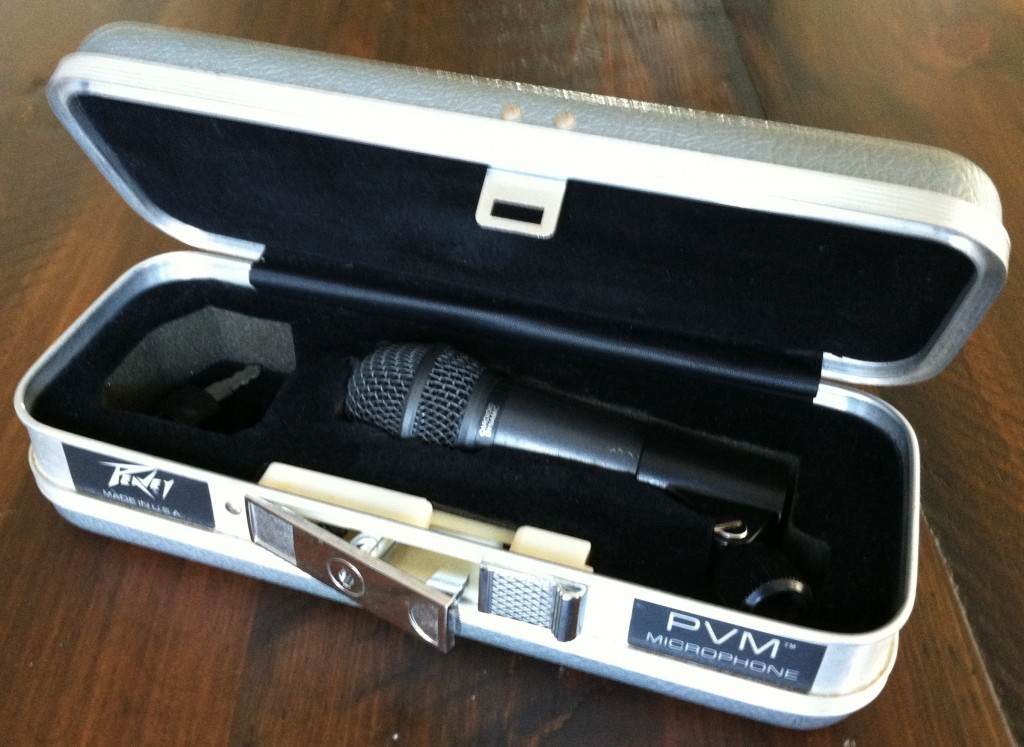 MY MIC
MY MIC
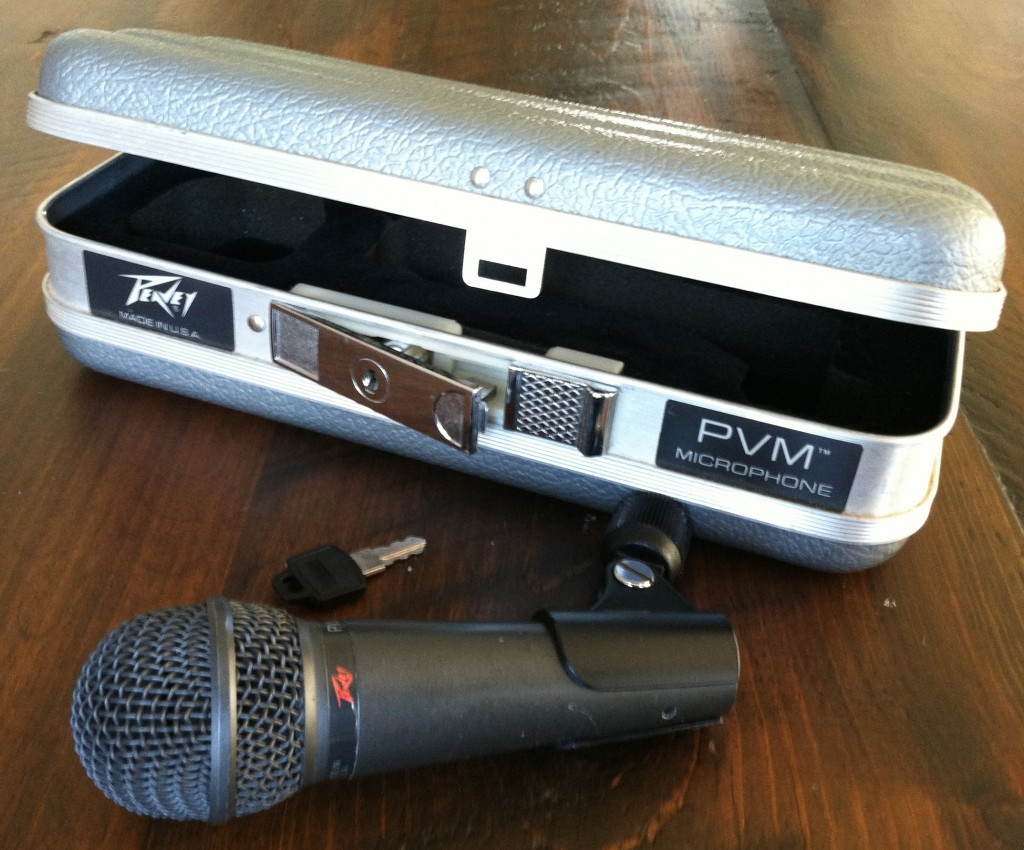 IF YOU WANNA SING SOME BGVS
IF YOU WANNA SING SOME BGVS
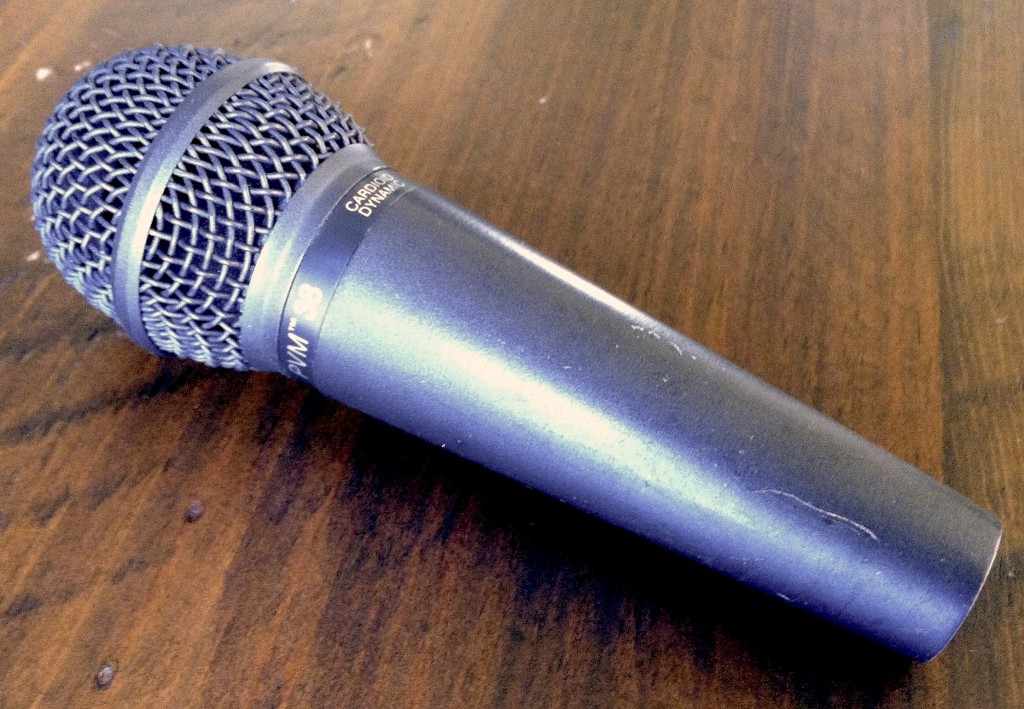 FINE, GIT YR OWN GODDAMN MIC
FINE, GIT YR OWN GODDAMN MIC
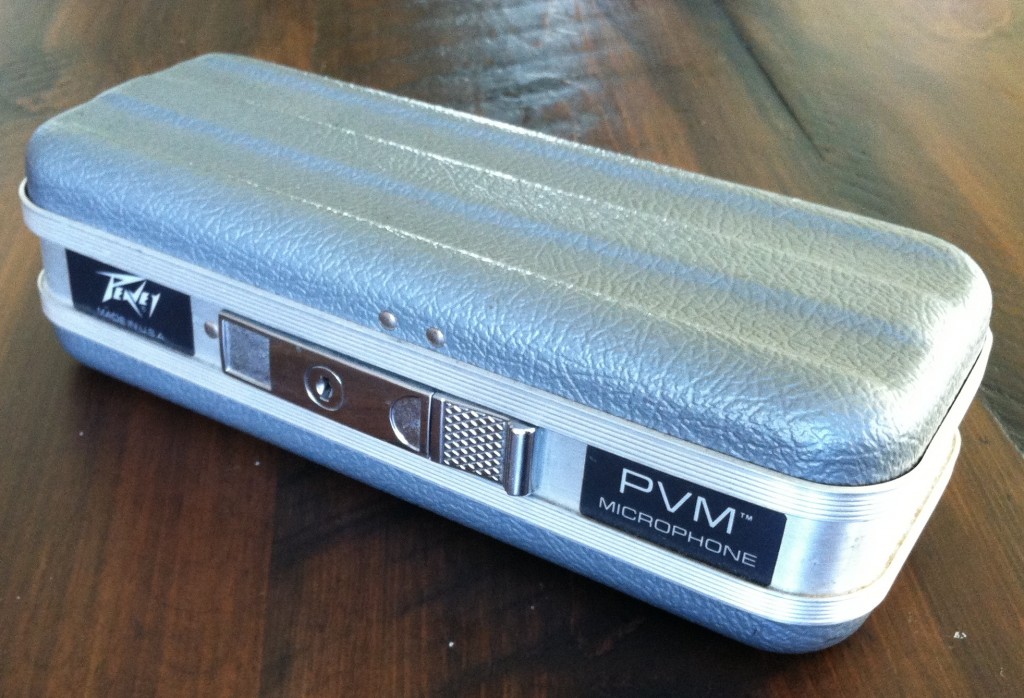 THE BOX STAYS LOCKED WHEN REH IS OVER
THE BOX STAYS LOCKED WHEN REH IS OVER
*************
*******
***
Fairly high-up on the list of ‘unnecessary shit that i prolly shouldn’t have bought‘ is this mint-condition Peavey PVM-38 microphone. But what an incredible artifact, innit. Consider what kind of paranoid, uptight culture could have created a shitty low-cost microphone that includes a military-grade locking hard-shell case, thus allowing access to only the key-holder. Exactly who/what is this case designed to protect/prevent? If you are concerned about the sanctity of your microphone, perhaps simply take it with you? It is not so large/heavy as to preclude easy transport? Rather, I feel like what we have here is the superimposition of two previously unrelated concepts: the microphone, on one hand, and an intense concern with property rights on the other.
I can’t tell you from whence this artifact originates, as there is little information online concerning its heritage, but Peavey Corp does offer this download (PVM_38i) regarding a very similar model; the date of that document is 1993. I can vaguely recall seeing these mics for sale at the local mom+pop when I was a kid; late 80s, early 90s; and the box made a strong impression: at least to a child, the effect was ‘wow that must be a rad mic if such intense security surrounds it at all moments.’ The semantic chain here is the ever popular Security/indicates/Economic Value/indicates/Quality. But then what happens when one learns that the object in fact has a low cost, as these mics no doubt did? Do we still make an easy leap from Security to Quality? Oh Peavey. The mysteries you hold.
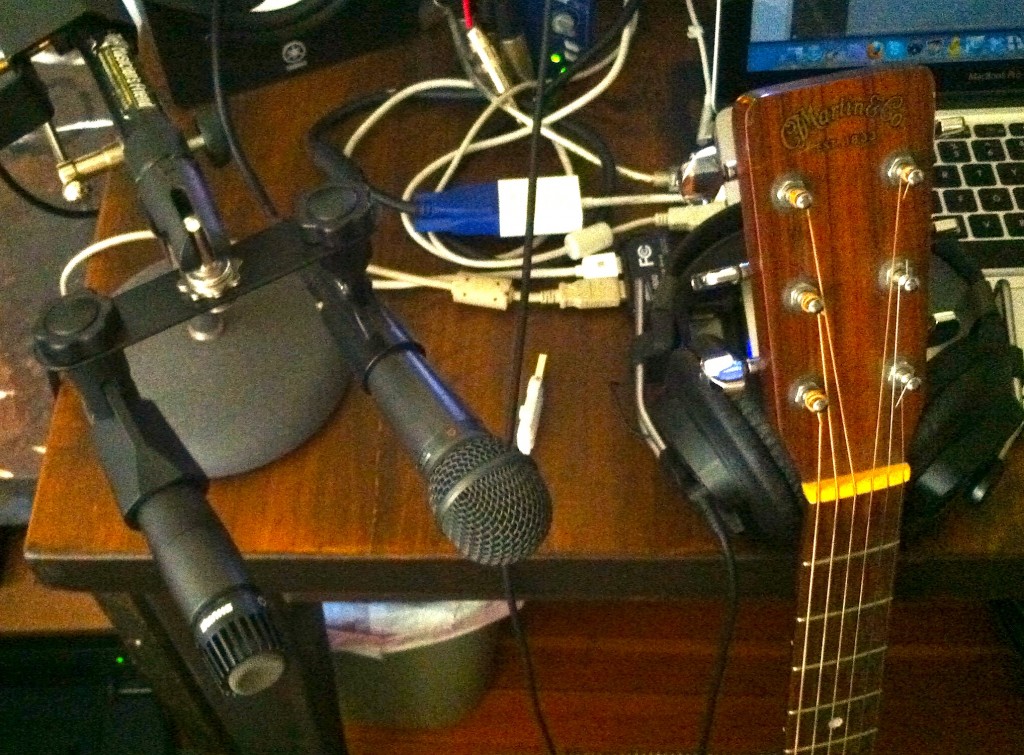 While the precise semiotic operation of the Peavey PVM38 and its associated flotsam (IE,, case+key) may remain a subject of debate, we can fairly readily assess the object’s quality. Yup it’s time for yet another SHURE SM57 vs SOME UNPOPULAR OLD MIC test. Here’s a single acoustic fingerpicked guitar performance; mics are positioned as shown above; levels are matched exactly. No processing whatsoever was applied, other than digitally increasing the levels to full level. The Peavey’s output is approximately 2.5 db hotter than the SM57. Take a listen:
While the precise semiotic operation of the Peavey PVM38 and its associated flotsam (IE,, case+key) may remain a subject of debate, we can fairly readily assess the object’s quality. Yup it’s time for yet another SHURE SM57 vs SOME UNPOPULAR OLD MIC test. Here’s a single acoustic fingerpicked guitar performance; mics are positioned as shown above; levels are matched exactly. No processing whatsoever was applied, other than digitally increasing the levels to full level. The Peavey’s output is approximately 2.5 db hotter than the SM57. Take a listen:
First, the SM57: ShureSM57_ref
..and now the PVM38: Peavey_PVM38
My $0.02: The sound is pretty similar. The Peavey seems to have less boxiness/low mids, a pretty similar pickup pattern, and a little less accuracy/detail in the very high end. Overall it has a bit of that ‘budget mic’ sound but the high output is a plus. I would imagine that the PVM38 would probably make a decent live vocal mic for rock vocals, and probably good for under-snare as well. Certainly worth the $15 that I paid.
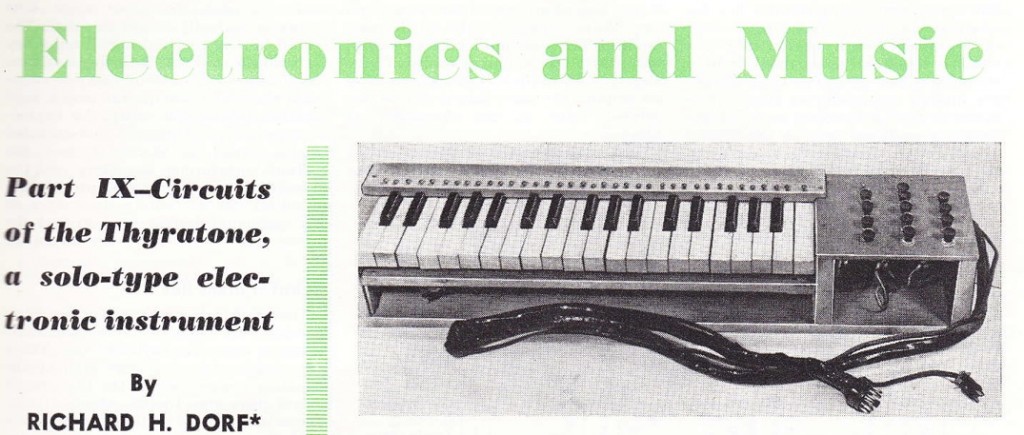 Download a ten-page pair of articles from RADIO ELECTRONICS, 1951, on the subject of building your own keyboard synth. Author Richard H. Dorf.
Download a ten-page pair of articles from RADIO ELECTRONICS, 1951, on the subject of building your own keyboard synth. Author Richard H. Dorf.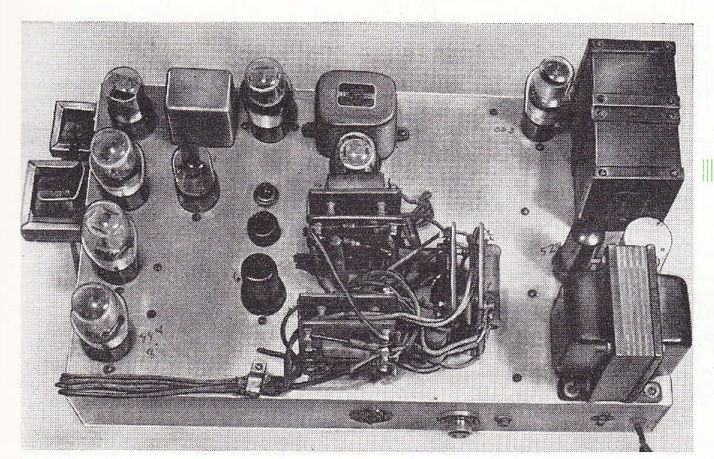
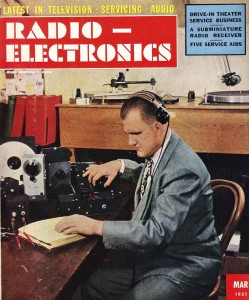 This has got to be one of the most insane DIY projects I have encountered from the era. You would have to be a really ambitious MF’r to try and crack this one. Also, and perhaps this goes without saying, it was very ahead of its time. The Thyratone predates the appearance of the Musitron (AFAIK, the first synth to be used on a pop hit) by eight years. Many now-accepted synthesizer features, such as variable attack and decay, are fixed in the this circuit so as to more closely create the sound of a conventional organ, but since everything in the article is more or less explained, it seems certainly possible to make these aspects player-adjustable.
This has got to be one of the most insane DIY projects I have encountered from the era. You would have to be a really ambitious MF’r to try and crack this one. Also, and perhaps this goes without saying, it was very ahead of its time. The Thyratone predates the appearance of the Musitron (AFAIK, the first synth to be used on a pop hit) by eight years. Many now-accepted synthesizer features, such as variable attack and decay, are fixed in the this circuit so as to more closely create the sound of a conventional organ, but since everything in the article is more or less explained, it seems certainly possible to make these aspects player-adjustable.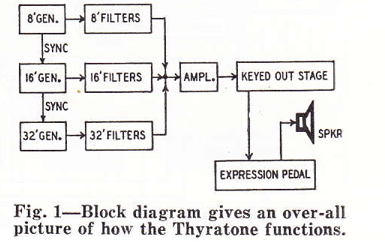 Anyone ever tried building a keyboard-playable, all-tube synthesizer? Success?
Anyone ever tried building a keyboard-playable, all-tube synthesizer? Success?